
by Donald Simpson | Jun 27, 2017 | Innovation Foundry
You are going to kick yourself you neglect one of the most useful desktop and mobile apps available to you through ACU, as well as millions of others who have a normal Gmail account. With the capacity to store an unlimited number of photos and videos, Google Photos is rapidly becoming the “go to” application for storing and sharing your photos across multiple devices and individuals. To get a better handle on what Google Photos is able to do for you, remember to reach out to the following:
Remember, if you use your Apple Photo App to delete or edit a photo, it will be deleted or edited in your Google Photos, as the Google Photo App is syncing what is on your Apple Photo.
To Delete photos from your iPhone/iPad, but not in Google Photos:
- Open up the Google Photos App
- Touch the “3 lines” on the top left of your screen to open up the main menu
- Touch “Settings”
- Touch “Manage device storage“
- Touch “Free Up Space“
This will remove original photos and videos from your device that are already backed up on Google Photos.

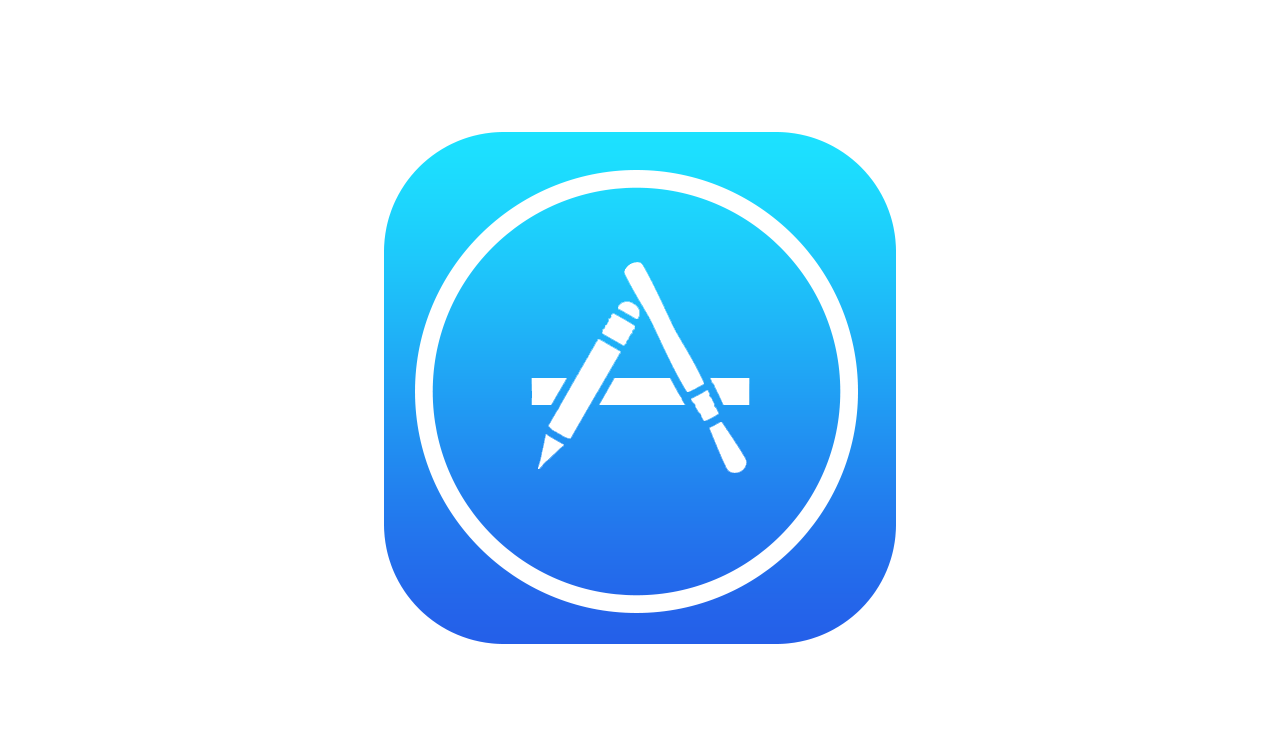
by Donald Simpson | Jun 22, 2017 | Innovation Foundry
There are an amazing amount of apps located within the mobile device world. Chances are you have several screens or folders worth of them on your tablet or smartphone, and if you are like us…many of them do not get used much. So what are some time saving, as well as very useful apps you can use in conjunction with desktop apps made available as an employee or student at ACU? Or even just for things you do all the time outside of work? Today, Donald Simpson shared with our Tech Tune-Ups group some of his favorite apps that work great with their desktop companions, as well as a few extra ones that save time and are pretty useful. Here is a what he shared today.
Office 365:
Google:
Adobe:
Some Additional Apps that would be beneficial for ACU Faculty and Staff:
- Canvas – View and Interact with your Canvas Courses
- Lynda.com – All the Training Videos One Could Ever Want or Need
- GPA Mobile – ACU’s Health Insurance Provider
- IFTTT (If This Then That) – Automate Everyday Tasks between Apps
- You may also want to Bookmark a website (ACU Homepage, myACU, ACU HR, ACU Department page, etc.) to your phone
As always, the best way to troubleshoot or ask your technical questions is to seek out the following helps:
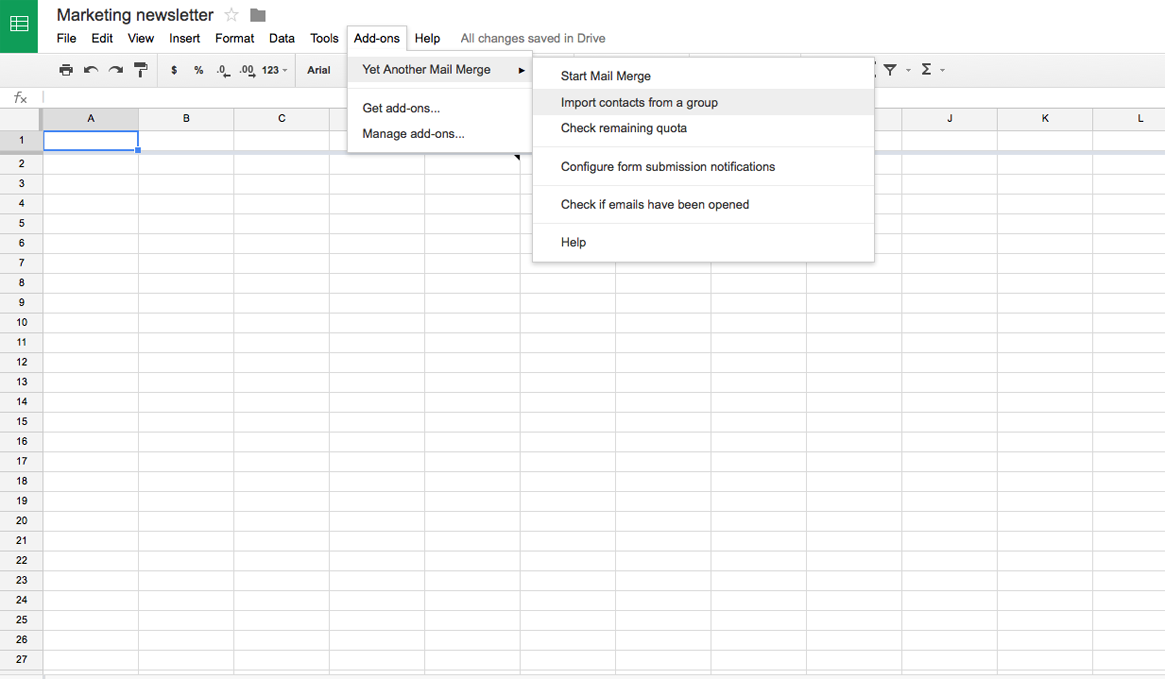
by Donald Simpson | Jun 20, 2017 | Innovation Foundry
Today, Stephen Rektenwald talked to us about Mail Merge using Google G Suite and Microsoft Office. Both are powerful applications made available to ACU faculty and staff, with differences in their setup. Stephen walked our group through the various steps one will need to take in order to setup either application for their mail merge projects. Below are today’s presentation, as well as some links to help you get the most out of your mail merge workflows and resources. Thanks for helping these sessions become a great addition to our ever growing relationship with ACU and the technologies they provide.
Google Slides Presentation
Lynda.com has some great videos on their site:
Also, Google has a great resources with their Add-ons:
- Open Google Sheets
- Open one of your Google Sheets, or create a new one
- In the dropdown menu, on the top left of your screen, click on “Add-ons”
- Click on “Get Add-ons” from the dropdown menu
- A new window will open with all of the various tools you can incorporate into Google Sheets. If you want to restrict the add-ons to mail merge, type “Mail Merge” into the “Search add-ons” box
- If you know what you are looking for, choose the best “add on” to fit your need. If you are unsure what you might need, take some time to read the descriptions of all the available add-ons.
The Add-on Stephen used today was called “autoCrat.” Another mail merge add-on we have used is “Yet Another Mail Merge” – which is the one that will tell you who has opened or viewed the email you sent out using it, as well as the ability to personalize each email.
As always, the best way to troubleshoot or ask your technical questions is to seek out the following helps:
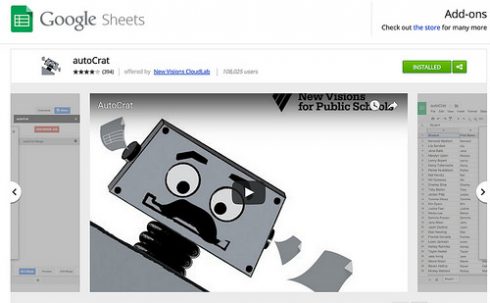
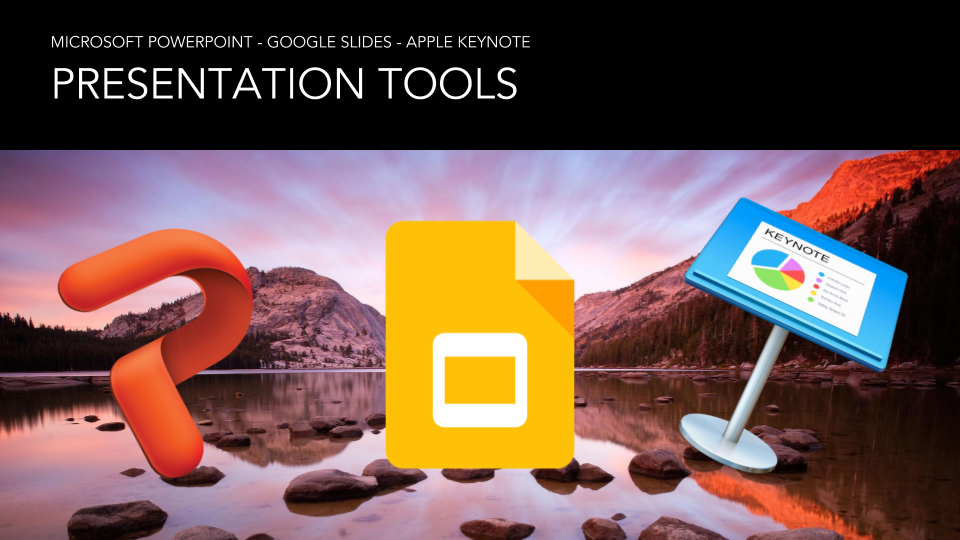
by Donald Simpson | Jun 16, 2017 | Innovation Foundry
This past Thursday, our Tech Tune-Ups session covered the various differences and similarities between Microsoft’s Powerpoint, Google’s Slides, and Apple’s Keynote presentation software. Ultimately, when it comes to choosing one of these powerful presenters, be sure to think about what you need it to do, rather than asking “What can it do?” As the capabilities of each are extensive, and for a couple of them – it just might be overwhelming and a bit much for what you need.
From our session, we offered some advantages and weaknesses for each – hat tip to Envato Tuts+ and Laura Spencer for this great resource.
Microsoft’s PowerPoint:
Advantages
- Ease of Use – The navigational structure will be familiar to anyone who uses other Microsoft software. It includes a help system and even some basic tutorial. You can also use Microsoft’s technical support.
- Customization Options – PowerPoint includes a large number of special effects. There are also many themes available, some through Microsoft and some through third parties like Envato Market.
- Files Types Supported – This software presentation package can import and export a large number of file types. It’s compatible with files from other Microsoft Office products. It also lets you integrate audio files.
- Community Support – Due to the large number of users there are many articles and books to help you learn how to the use the tool effectively.
Weaknesses
- Collaboration – Recently, PowerPoint has improved the ability to collaborate in real-time. However, there are still more steps than with Google Docs. To work with another user, you must save the document to OneDrive and invite the people you want to collaborate with.
- Perception – Some users report that PowerPoint leads to less creative presentations. This is probably because many businesses rely on older, basic templates that don’t use the most recent features.
Google’s Slides:
Advantages
- Ease of Use – Google Slides is not difficult to learn. Help files are incorporated, although they don’t seem to be as extensive as in some of the other packages. There are quite a few third party resources to help you learn Google Slides.
- Web-based – The online files are always current and up-to-date. You can also easily link or embed your document into a web page.
- Collaboration – It’s easy for colleagues and team members to access and edit documents through the web no matter what device they are working on. Changes can be made simultaneously in different parts of the same presentation.
- Innovative – Google Slides has several innovative features. For example, the new Q & A feature that allows audiences to interact with a speaker through a link looks like a promising feature to hold audience engagement for those who make public presentation.
Weaknesses
- Fewer Choices – Google Slides has fewer choices for effects. There are also fewer themes, though Envato Market has a good selection of choices. Some users find the program features to be too basic.
- Gmail Account Required – If you don’t currently have a Google account, you will need one to use this package. However, you can sign up for an account free of charge.
Apple’s Keynote:
Advantages
- Ease of Use – Like many Mac programs, Keynote features an intuitive, user-friendly interface. Most users with basic computer knowledge will be able to learn how to work with this package quickly.
- Multiple Devices – With iCloud you can use Keynote on multiple devices and synch your files through the cloud. This can be handy if you need to make a presentation using your iPad or iPhone.
- Customization Options – With many different themes, animation, and effects available it’s easy to get creative. There are also many themes available from third parties, like Envato Market.
- Export Feature – Keynote files can easily be exported to PowerPoint or even QuickTime. It also integrates well with other iWork software.
Weaknesses
- Less Extensive Help Files – Many users report that the help files with Keynote are not as comprehensive as those available from Microsoft. However, there’s enough there that even beginning users should be able to learn and start using this software quickly.
- Mac Only – If you have a PC and want to create Keynote files from scratch, you’re out of luck. You can open a Keynote file with your PC, though. To open a Keynote file on a PC it must first be exported to a compatible format such as a .pdf or .ppt file.
Remember, if you are needing help with deciding which one to use, troubleshooting an issue, or any other questions – here are some great options!
- Helpdesk – helpdesk@acu.edu or 674.4357
- www.lynda.com
- PowerPoint Training and Tutorials
- Google Slides Training and Tutorials or go to the G Suite Website for Slides
- Keynote Training and Tutorials
- Google Search
- The Innovation Foundry – Seek out our Staff or send us an email at if@acu.edu
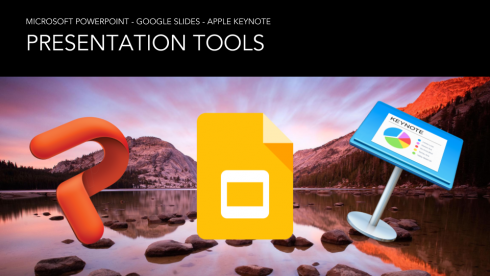
You can download or view our Thursday Tech Tune-Up Session below
PowerPoint Google Slides Keynote
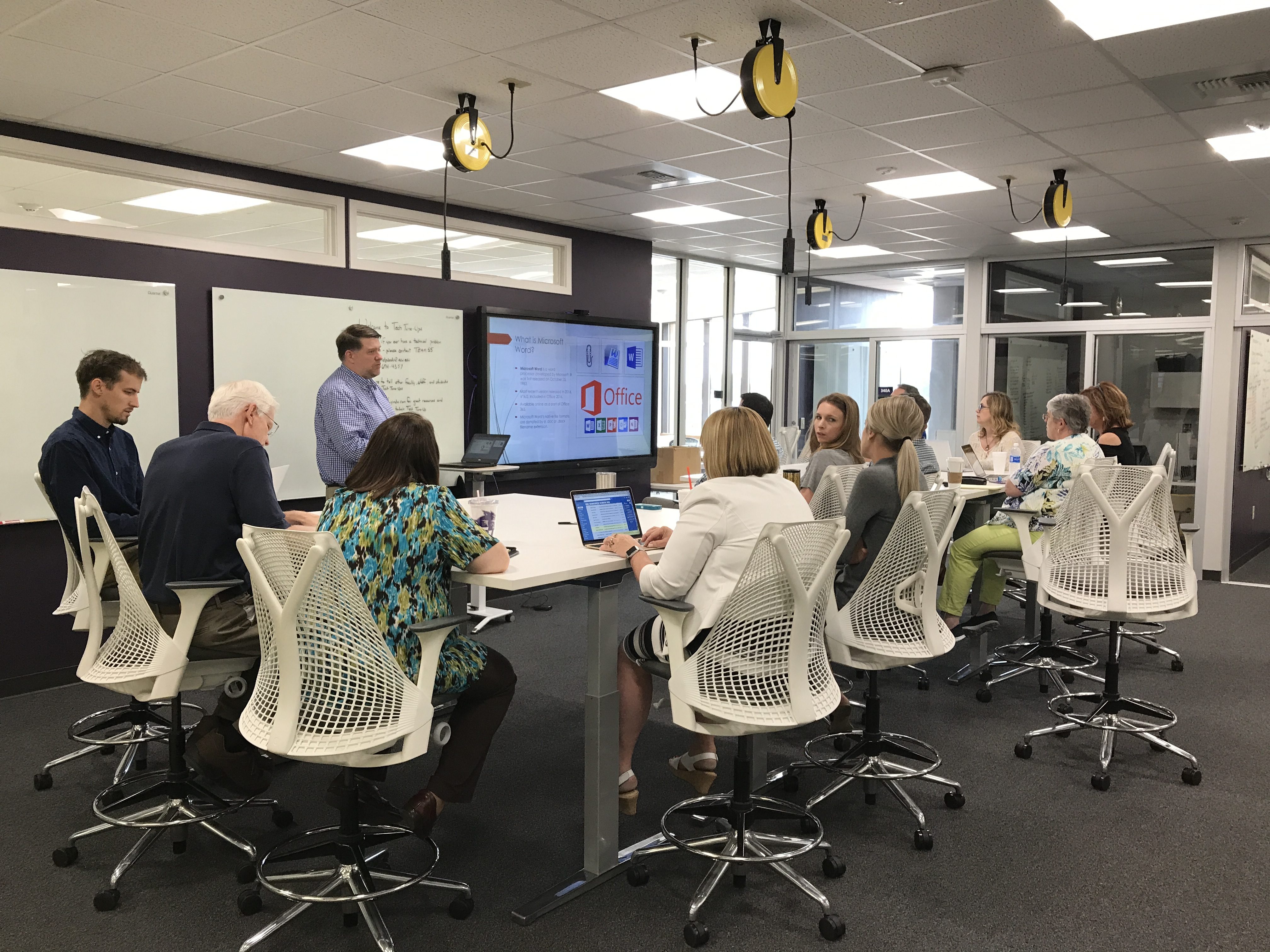
by Donald Simpson | Jun 13, 2017 | Innovation Foundry
Today, Stephen Rektenwald provided us with an insightful session on the differences between Microsoft Word (available through Office 365), Google Docs, and Apple’s Pages – three of the most popular text based document tools available. Depending on your own preferences, you may find yourself using what many around you prefer, or possibly finding yourself in the minority of those sharing and wanting to collaborate with you. Our session today pointing to the pros and cons of each, as well as how to get convert your preferred document platform into one of the other – without having to recreate the entire document. As always, the best way to troubleshoot or ask your technical questions is to seek out the following helps:
You can view Stephen’s presentation by clicking HERE
Thanks to all of those who were able to participate in our session today!
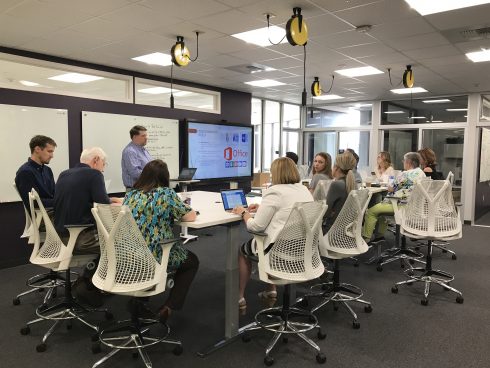
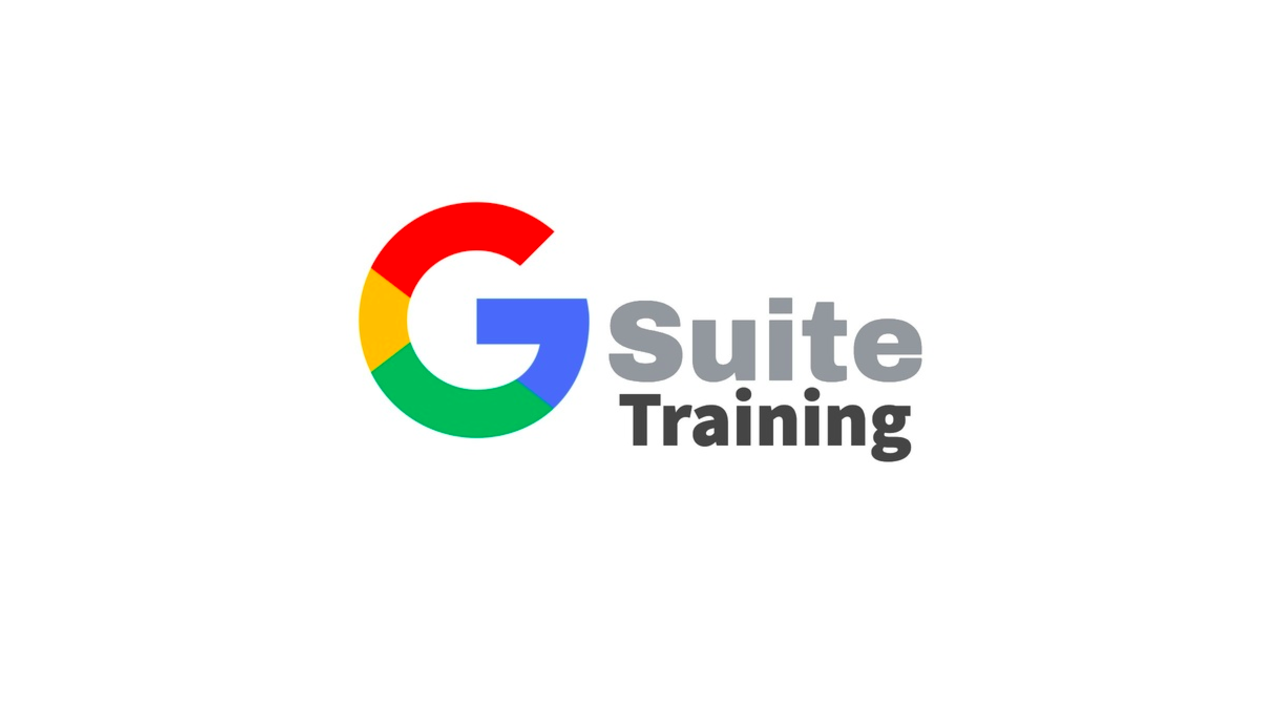
by Donald Simpson | Jun 8, 2017 | Innovation Foundry
Today we provided some insight into all the various ways you can share your files in Google Drive, as well as making sure your settings are set up before hand, as well as how to change them later. Through ACU’s G (Google) Suite of applications and storage, you can store up to 2PB (petabytes… 1PB = 1000TB) worth of data, and share files up to 1TB in size. Suffice enough to say, that is perhaps more than you will ever need. Google Drive is great for storing not only its own suite of applications (Docs, Sheets, Forms, Slides, etc.), but it can also be viewed as a wonderful digital file cabinet for all of your other files as well. Our own Donald Simpson currently has over 40,000 images he and his wife have taken, as well as many films, school, and personal files stored in his ACU Google Drive.
Depending on what you are wanting to share, G Suite offers various administrative and viewer options. As a part of ACU’s Enterprise system, two extra levels of sharing are also provided. A great place for you to start seeking out information, and having your questions answered are listed below:
Thanks to all of those who were able to participate in our session today!

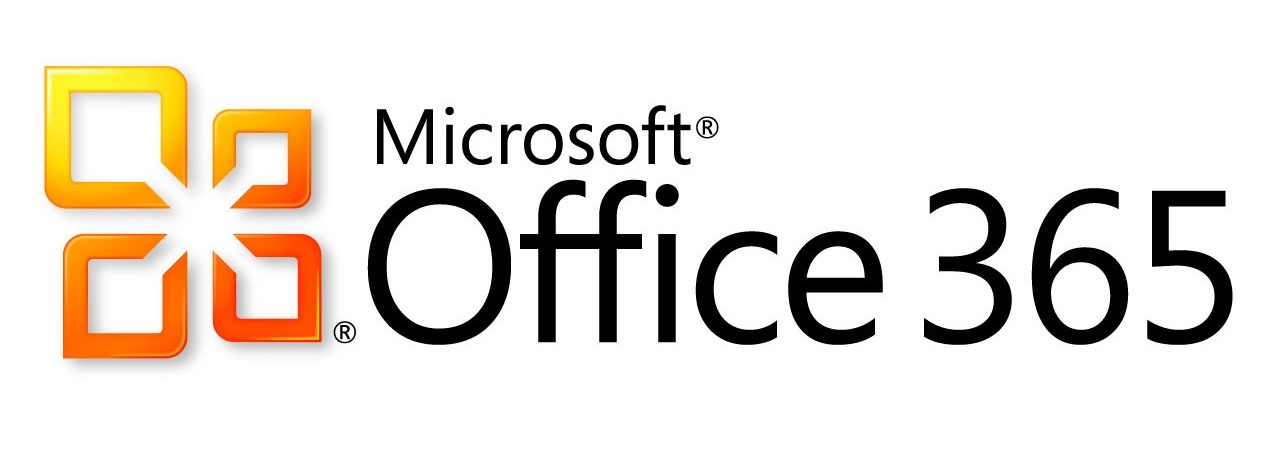
by Donald Simpson | Jun 6, 2017 | Innovation Foundry
Today, we talked about Office 365, in the second of our Summer Series of Tech Tune-Ups in the Innovation Foundry, in partnership with ACU’s IT department. Did you know that as an ACU Faculty, Staff, or Student, you have access to Office 365 on up to five computers, as well as five mobile devices? The Innovation Foundry’s Stephen Rektenwald provided our group today with how to go about getting access and downloading Office 365 to your devices, as well as providing the group with the pros and cons compared with Google Drive. We recommend the following resources in getting the most out of using Office 365 at work, home, or on the go:
Here is the link to Stephen’s presentation, using Sway – one of the applications available to you in Office 365.
If you need help getting set up with Office 365, be sure to follow the steps in the presentation or contact Team55!
Thanks to all of those who were able to participate in our session today!
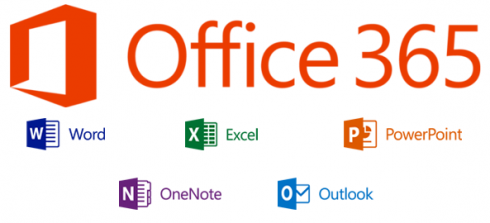

by Donald Simpson | Jun 1, 2017 | Innovation Foundry
Today, we started the first in our Summer Series of Tech Tune-Ups in the Innovation Foundry, in partnership with ACU’s IT department. As a Google Enterprise School, ACU offers the entire G Suite of applications to all ACU faculty, students, and staff. Our time today focused on getting to know Google Forms, along with Add-ons and some troubleshooting. We recommend the following resources in getting the most out of using Google Forms:
Thanks to all of those who were able to participate in our session today!


by Donald Simpson | May 26, 2017 | Innovation Foundry
Today, the ACU library had a come-and-go farewell reception for our very own Jasmine Hoover. Jasmine has served the library and Innovation Foundry since August of 2015. She has accepted a position at Cape Breton University, in Sydney, Nova Scotia, as their Science and Technology Librarian. Jasmine’s husband, Zack, and their son, Zeb, will stay in Abilene for a few months as Zack finishes teaching at ACU for the summer, while Jasmine will head north next week. Jasmine has been a great partner for us and has been able to provide tremendous support in the areas of data collection, GIS mapping, and providing faculty and students with various tools to find better research results online. We wish her the best!


by Donald Simpson | Apr 28, 2017 | Innovation Foundry

As a Google G Suite Enterprise University, ACU is able to provide students, faculty, and staff with all of the various applications in the Google Universe. Today, two of the most used applications on campus are Google Gmail and Google Calendar. Both help provide a great deal of information and schedules, but neither are being used to their full potential on campus. Donald helped several individuals learn a little more about some of the great features built into Google’s G Suite. Here are some great links to check out if you are wanting to learn more about how to use these tools more effectively.















